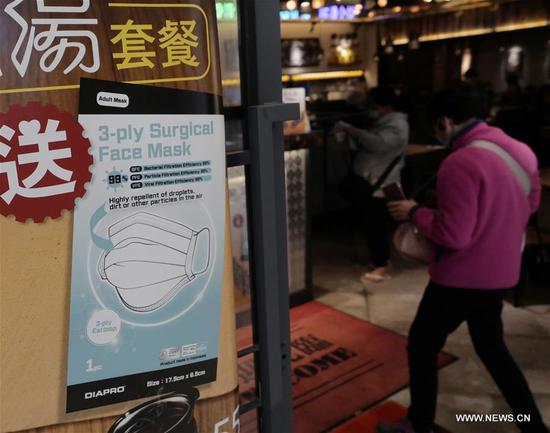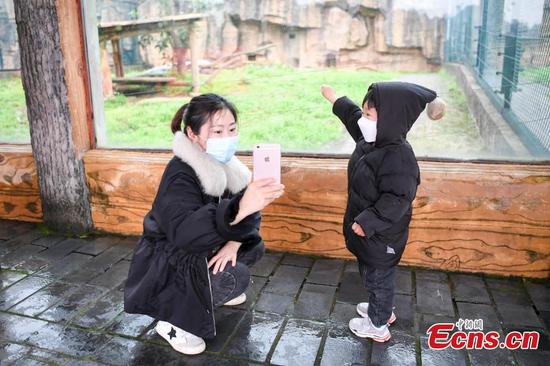Doctors in the United Kingdom say a man from London has become the second person in history to be cured of the HIV virus.
The man, Adam Castillejo, has made his identity known because he wants other people to be inspired by what happened to him.
His case was described in the medical journal Lancet HIV on Tuesday.
Researchers said that, 30 months after stopping anti-retroviral drugs that suppress HIV and 46 months after crucial stem cell treatment, he remains in remission.
Castillejo told the New York Times he is in a "unique position … a unique and very humbling position".
"I want to be an ambassador of hope," he said. "I don't want people to think, 'Oh, you've been chosen' … I was in the right place, probably at the right time, when it happened."
Doctors explained that Castillejo was not cured by HIV medicine but because of stem-cell treatment he was given to treat lymphoma cancer.
The donors of the stem cells he was given had a rare gene that protects them from HIV and Castillejo subsequently developed that protection, which led to a reduction in his HIV levels until none could be detected.
Professor Ravindra Kumar Gupta, from the University of Cambridge, the project's lead researcher, told BBC News: "This represents HIV cure with almost certainty. We have now had two and a half years with anti-retroviral-free remission."
Gupta said Castillejo's case was similar to that of Timothy Ray Brown, who became known as the "Berlin Patient" in 2011 when doctors revealed that, after undergoing similar treatment three and a half years earlier, he was HIV-free.
"Our findings show that the success of stem-cell transplantation as a cure for HIV, first reported nine years ago in the Berlin Patient, can be replicated," Gupta said.
But he added that the treatment given to the Berlin Patient and to Castillejo, who is being called the "London Patient", is too invasive and expensive to be offered as a cure to the 37.9 million people worldwide reported by UNAids as living with HIV.
"It is important to note that this curative treatment is high-risk and only used as a last resort for patients with HIV who also have life-threatening hematological malignancies," Gupta said. "Therefore, this is not a treatment that would be offered widely to patients with HIV who are on successful anti-retroviral treatment."
However, doctors hope the breakthrough will help in the development of gene therapy that could cure HIV.
Rowena Johnston, vice-president and director of research at The Foundation for AIDS Research, said: "I'm not saying that's happening tomorrow. But it gives you the sense that it might be worth putting in the effort to see if we can develop the technologies to make that happen."
And Sharon Lewin, director of the Peter Doherty Institute for Infection and Immunity at the University of Melbourne, added that the case was an "exciting advance".
"It's hard to know if this is a cure, only time will tell, but this is looking very promising," she told CNN.


















































